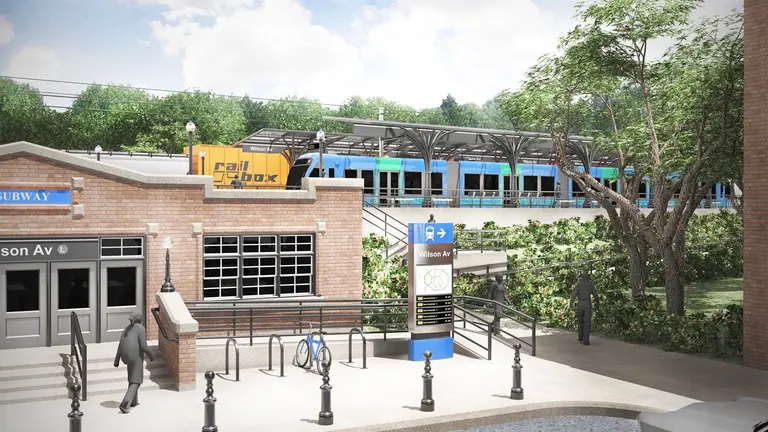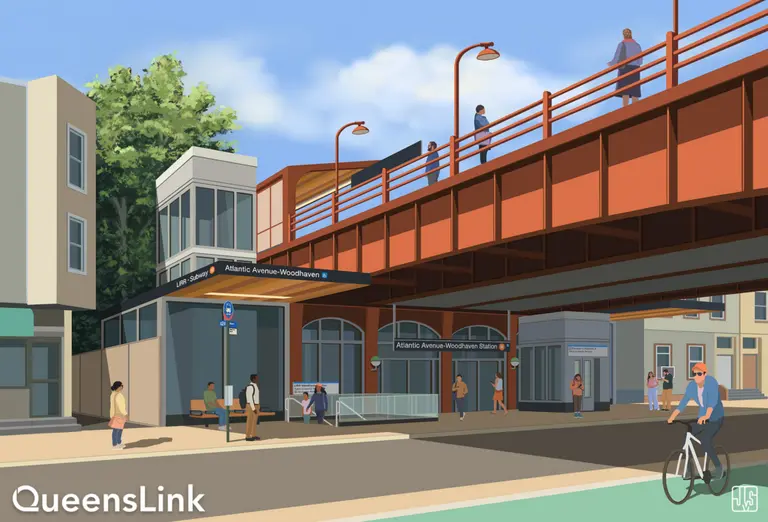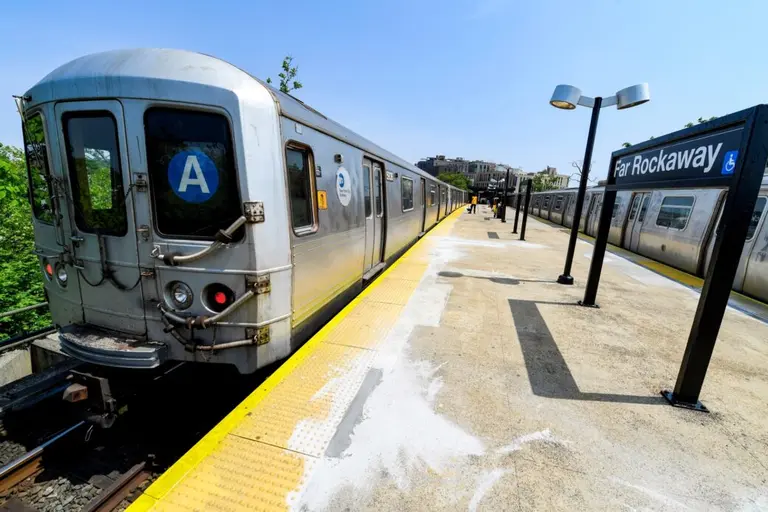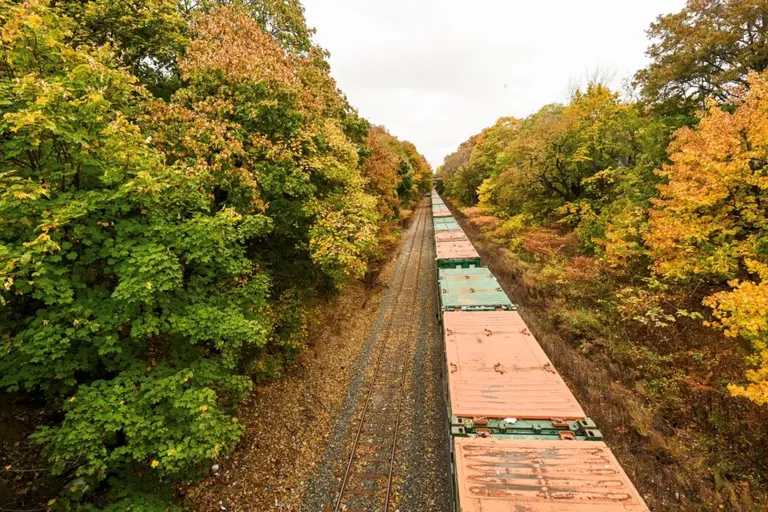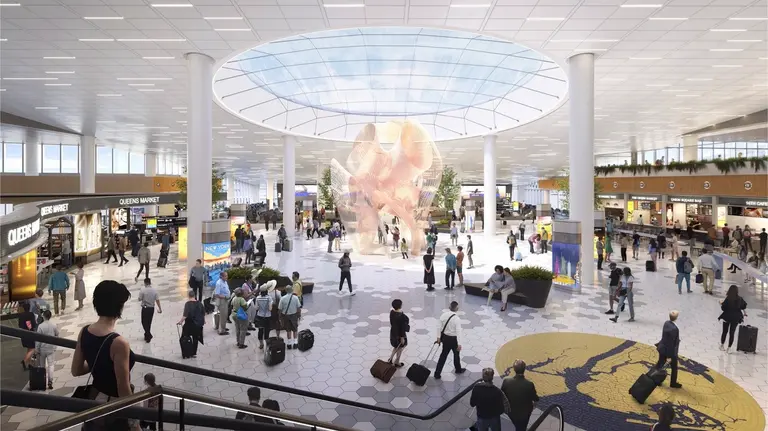Hochul’s 14-mile ‘Interborough Express’ connecting Brooklyn and Queens will use light rail
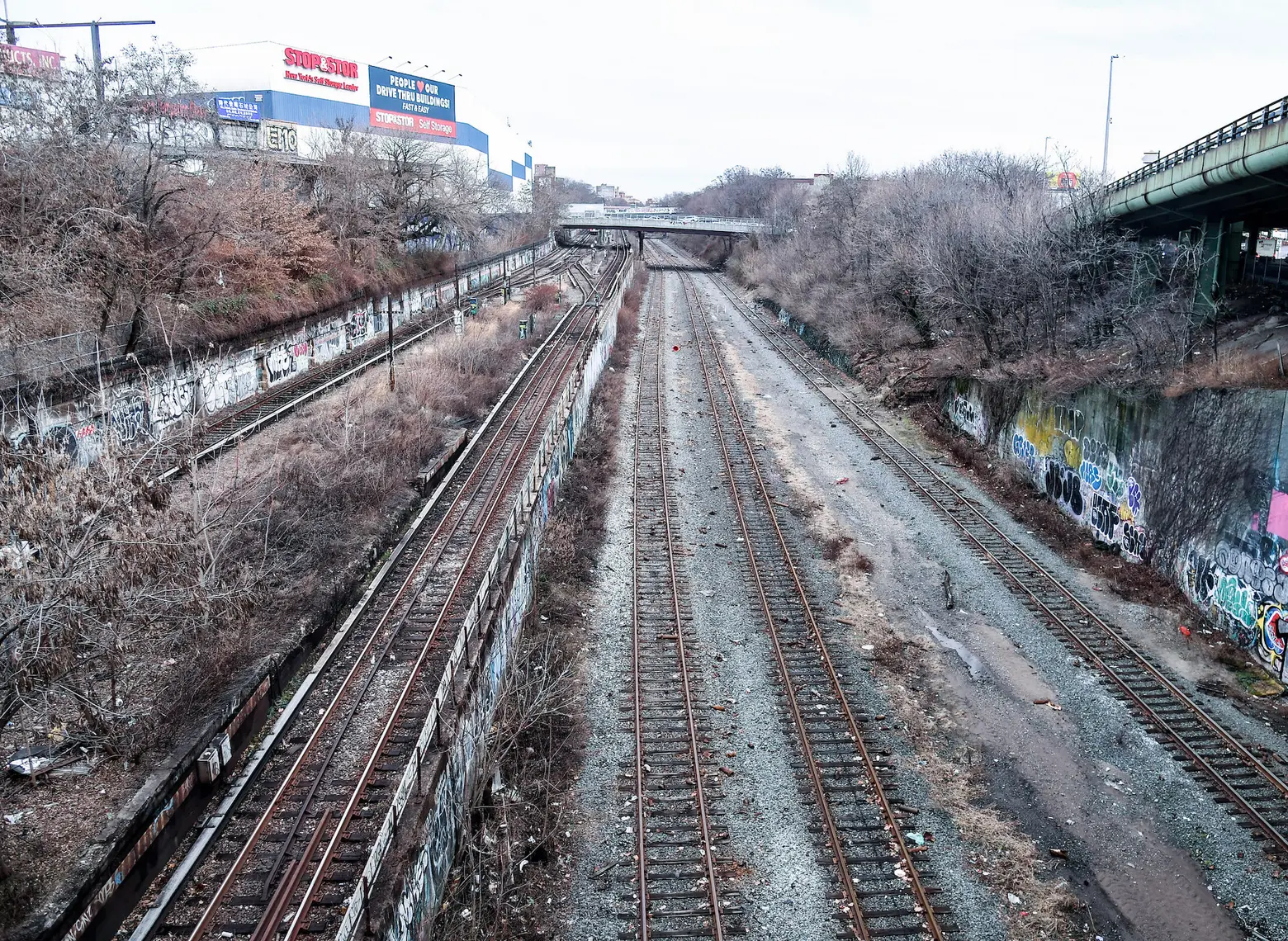
View of the Bay Ridge Branch from below 5th Ave, which would be incorporated in the proposed Interborough Express. Image courtesy of Marc A. Hermann/MTA on Flickr
The Interborough Express, a highly-anticipated train line that will connect Brooklyn and Queens, will use light rail, Gov. Kathy Hochul announced in her State of the State address on Tuesday. While the Metropolitan Transportation Authority is still conducting its environmental review of the project, Hochul stated that selecting light rail would “provide the best service for customers at the lowest cost per rider,” according to a press release.
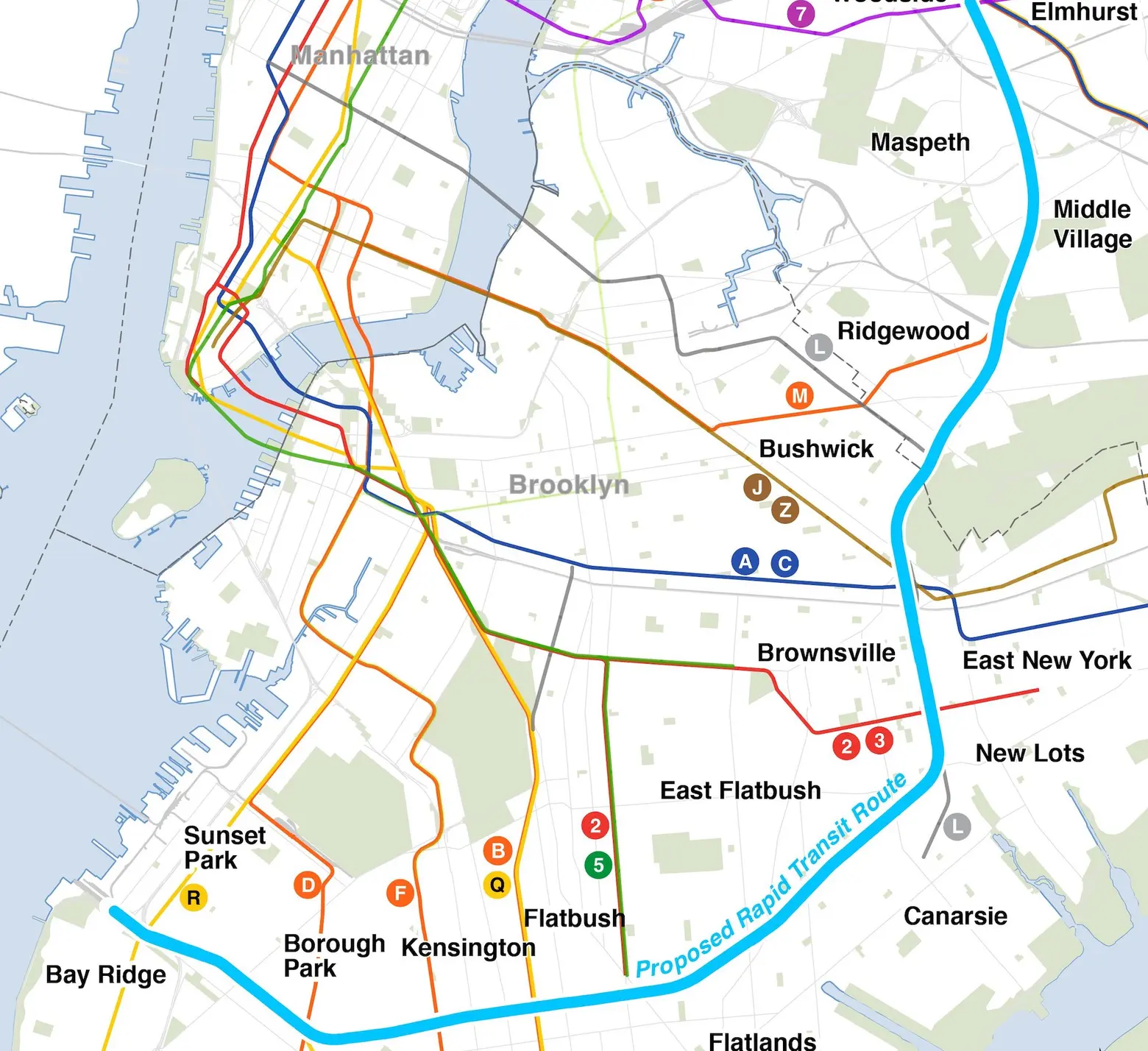 Proposed Interborough Express map. Image courtesy of the MTA
Proposed Interborough Express map. Image courtesy of the MTA
Plans for the Interborough Express were first announced in Hochul’s 2022 State of the State address, and built upon decades of speculation and discarded plans to transform the pre-existing freight-rail Bay Ridge Branch that runs through Brooklyn and Queens into a public train line.
The 14-mile line will stretch from Bay Ridge, Brooklyn to Jackson Heights, Queens, running through a number of neighborhoods that are “transit deserts,” or lack adequate public transportation. These neighborhoods include Sunset Park, Borough Park, Kensington, Midwood, Flatbush, Flatlands, New Lots, Brownsville, East New York, Bushwick, Ridgewood, Middle Village, Maspeth, and Elmhurst.
The MTA conducted a feasibility study early last year which yielded promising results. The study showed that the completed train line would serve anywhere between 74,000 and 88,000 riders daily, and connect to 17 subway stops and the Long Island Rail Road.
Before Tuesday’s announcement, the MTA was still deciding over three options for the Interborough Express: light rail, heavy rail, or bus rapid transit.
The selection of light rail has to do with its capacity, reliability, constructability, vehicle specialization, and relative cost. Light rail has the quickest speed among the three rail options, and can easily meet capacity demands by holding up to 360 riders at a time.
The rail type is reliable because it can already operate across 96 percent of the Bay Ridge Branch, providing consistent service. Light rail typically uses smaller, more “flexible” train cars that will fit within the existing corridor. It can also run on the street for small distances, preventing the construction of a costly, complex tunnel system.
Light rail also offers the best value among the three rail options, with a cost of $48,173 per daily commuter. Finally, the light rail cars will not require any modifications, and the MTA can acquire them from a wider selection of suppliers rather than just relying on their own stock.
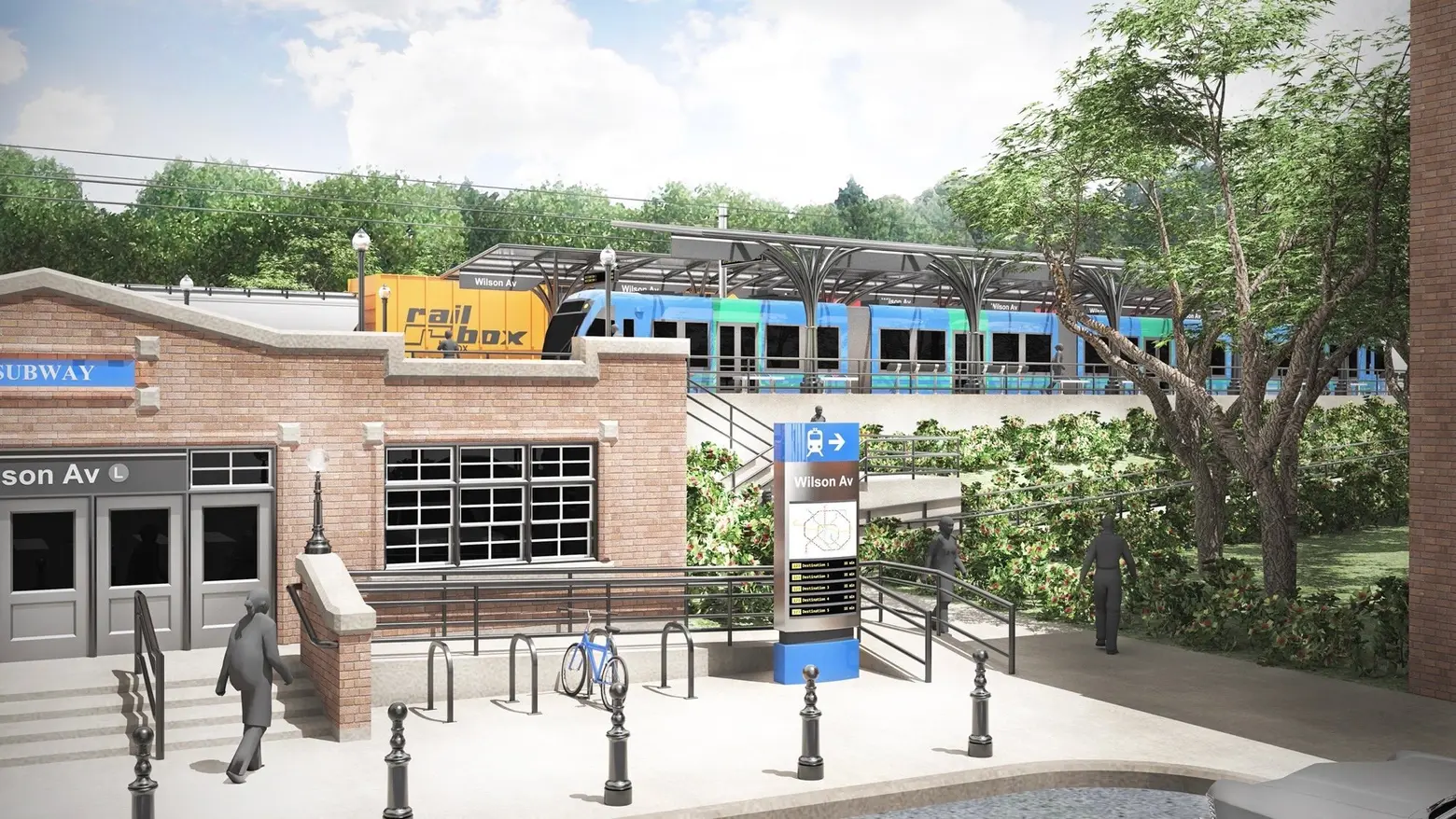
Rendering courtesy of Gov. Kathy Hochul’s Office
“Moving forward with Light Rail for the Interborough Express means better access to jobs, education and economic opportunities for some 900,000 New Yorkers in Queens and Brooklyn,” Janno Lieber, MTA Chair and CEO, said.
However, some transit advocates believe conventional rail would better suit the region, increase mobility for riders, and integrate easier with the rest of the city’s public transit system.
The Tri-State Transportation Campaign, an advocacy organization that fights for a safe and equitable public transit system that supports New York’s economy, urged the MTA and Hochul to consider moving forward with a conventional rail project instead of light rail to provide a more “integrated transit system.”
“It’s time to break free from the fragmented, patchwork transit system that leaves too many people stranded and disconnected,” Renae Reynolds, executive director of TSTC, said.
“Our region deserves a seamless transit network that works for everyone. The Governor and MTA must prioritize the needs of all riders and the whole region, and invest in a system that will bring us into the 21st Century.”
RELATED:
